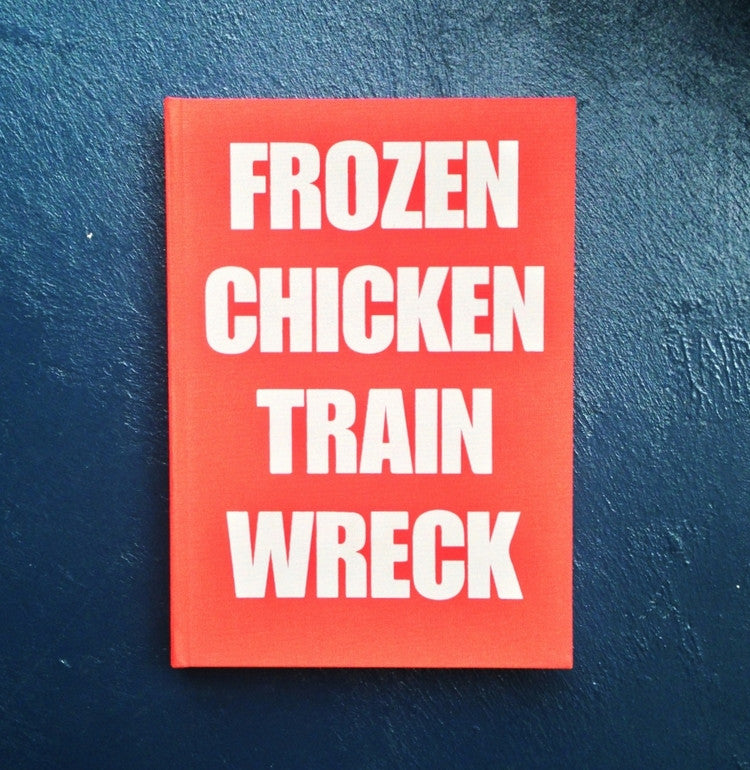
Today, Ben Freeman, co-founder of Ditto press in East London came into university, gave a short, informative presentation and delivered the days research based workshop.
Notes taken during the talk;
In the presentation Ben introduced the specifics of the company and talked about the types of work they are responsible for creating. An interesting aspect of the company that appealed to my personal interests is the companies use of risograph printers, which are used to produce work whenever the method is applicable. As a designer risograph printing is a very appealing production method as it creates tactile, interesting outcomes and allows printers to use vegetable based ink helping the process to be more sustainable.
As a company Ditto Press are responsible for creating a range of different print based outcomes from posters to stationary. However, around 80% of their client based work comes from people wanting to print books and zines. During the talk Ben showed some examples of the books and zines that the company have produced, one project that stood out due to its comical content was 'Frozen Chicken Train Wreck' by Laurence Hamburger.


RESEARCH METHODOLOGY WORKSHOP
At the end of the presentation we were each given a brief detailing the specifics of the task and were divided into small groups of around 12 people.
THE BRIEF;
BRIEF SUMMARY;
Although I felt I initially understood the task, after discussing the details with other members of the group I soon discovered that I was confused as to specifically what we were tasked with doing.
It was soon explained that the task for the day asked us to develop our own personal research methodology that can be utilised when starting future briefs and projects. The aim of creating the methodology was to help us challenge the conventional ways of collecting information commonly used by members of the course. The methodology that we develop should reflect our interests and passions as people allowing us to collect informed information in innovative ways that engage us as learners.
DEVELOPMENT
I started the process of developing my personal research methodology by first documenting as many approaches of collecting data and information as I could think of. Next, I reviewed the methods listed and started thinking about how they relate to my design process and personal interests.
Relevant/Interesting research methods;
- Observations - insights and opinions gained from observations.
- Case study - primary images, personal notes & observations - like a report.
- Investigative research - Gonzo research, immerse yourself in the culture.
- NOTE - The above three points are almost identical.
- Primary body of photographs.
- Visual research - collected print ephemera, relevant visuals etc.
After creating a list of research methods I was ready to start developing my personal research methodology.
Ben mentioned that the methods we develop should form an approach to research that will be applicable to most of the future projects that we receive. Taking this into consideration, I decided to create a fairly open methodology that utilises vague terminology to ensure it is applicable to the varying contents of design briefs.
As a designer I find that a balance of visual and content based information is the most useful when developing from the research to development stages of a project. Therefore, when creating the diagram I tried to develop a balance between both visual and content based research methods.
When creating the methodology I considered the research process commonly used to ensure informed and relevant information is collected. The process relies on analysing the brief to ensure you understand what is being asked and using secondary research to form a basic understanding of the topic. It is important to generate this basic understanding before progressing to use primary research methods as without it you lack the basic knowledge often needed to collect relevant information.
As I used vague terms I decided to break down the individual parts of my methodology to evidence how the creative approaches of collecting information can be found under each section;
CRITIQUE
After lunch each group had a critique with Ben where we were given the chance to talk through our chosen research methodology. After, we were given feedback as to how relevant and applicable the chosen methods were.
During the critique I discovered that I may have slightly misunderstood the task or not communicated my idea efficiently enough.
The vague methodology I created had an almost identical approach to the standard academic way of collecting research, and this is not what was wanted from the workshop. Instead, I should have listed the innovative ways of collecting research that have relevance to my design practice.
After presenting Ben gave useful feedback to each person;
Critique Feedback;
- Research methodology presented uses a very academic approach.
- Consider what methods have most relevance, drop the ones that don't - refine.
- What innovative research approaches have relevance to me?
- What research methods do I find most enjoyable?
CONCLUSION
Firstly, I found today's session really useful and inspiring. Learning about creative approaches to collecting information made me realise that I really need to develop my current approach to researching. Previously, I have predominantly relied on secondary sourced information coming from books and the internet, although this is useful for getting an informed understanding of the topic, regurgitating information is probably one of the most unengaging ways of collecting information and data. Having become inspired today I plan to progress by creating a much more practically driven research methodology that allows me to collect relevant primary information in an creatively engaging way.






No comments:
Post a Comment